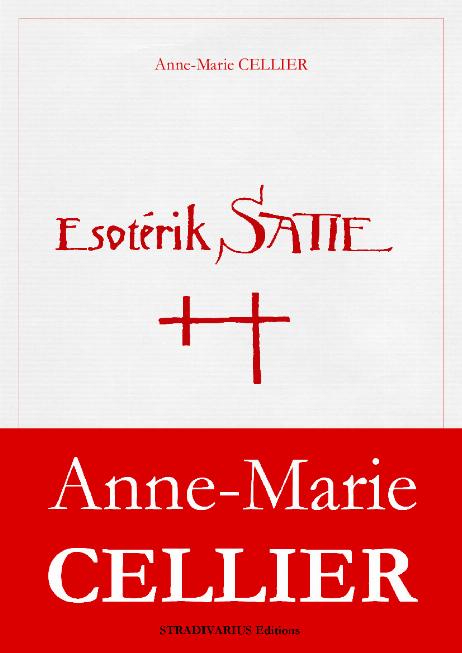- Voice
- Keyboard
- String
- Woodwind
- Brass
- Library
 $ 11.99
$ 11.99
Poème en treize chants
2002
$ 11.99
Esotérik Satie$ 11.99
PDF - 22 pages
"An ogival and gymnopedic musician I called
- I have so much spirit! - Esotérik Satie." - Alphonse Allais
Remarkably homogeneous in style and lofty in inspiration, Erik Satie's mystical output spans just eight years (1886-1894), and constitutes his first so-called Symbolist period. The only musician in tune with this movement, Satie joined painters and writers and, from the age of twenty to twenty-eight, multiplied his mystical declarations, drawings and compositions.
First came the austere Ogives, born of the composer's contemplation of the vaults of Notre-Dame and his enthusiasm for the Catholic religion, then the famous Gymnopédies and Gnossiennes, inspired by Greek antiquity and the music heard in the Romanian pavilion at the 1889 Universal Exhibition. Finally, there were a host of works linked to his functions as official musician of the Order of the Rose+Cross, whether ritualistic, such as the Sonneries de la Rose+Croix, or linked to the performance of dramatic works of an esoteric nature: Préludes du Fils des Etoiles, du Nazaréen, de la Porte Héroïque du Ciel.
Hence the idea of reintroducing a text linking all these works together, as a poetic - rather than didactic - testimony to this "fin de siècle" aesthetic trend, sometimes described as "decadent". And this is the tour de force achieved by poet Anne-Marie Cellier.
This historic recording, complete with text and music, is available as an audiobook.
All Erik Satie's works cited in this poem are available in score, either in their original version for solo piano or in their orchestration.
Publisher's note
Literary godchild of Joseph Delteil, and encouraged by Maria Casarès, who was to become her interpreter, Anne-Marie Cellier wrote and directed her first play, Alauda, at the age of twenty. Since then, she has built up a powerful and abundant body of dramatic work, including Au bout de l'absence (1992), Océane (1995), Vincent ou l'âme bleue (2003), followed in 2005/2006 by a trilogy on love and art: Camille Claudel, de la Valse au Baiser (adapted for the cinema in 2021 by Maëlle Banton), Auguste Rodin, la main de Dieu, and Rose Beuret, la femme agenouillée. In 2007, two new plays, L'Ultime cri de Frida Kahlo (The Last Cry of Frida Kahlo) and Charlotte Salomon, Vie ou Théâtre (Charlotte Salomon, Life or Theater), were ranked among the "must-sees" at the Avignon Festival. In 2014, Les Fileuses de Maison Rouge paid tribute to the Cévennes, where Anne-Marie Cellier has lived for many years and where she founded and directs a festival.
Her only collection of poems, Le langage d'amour des fleurs, was published in 2000 by Editions Solar, with illustrations by her husband, the naturalist photographer Paul Starosta.
Added to your basket

Removed from your basket

Added to your favorites

Removed from your favorites

You must be registered to use this function

You reached the download limit for free products (5 per day)
